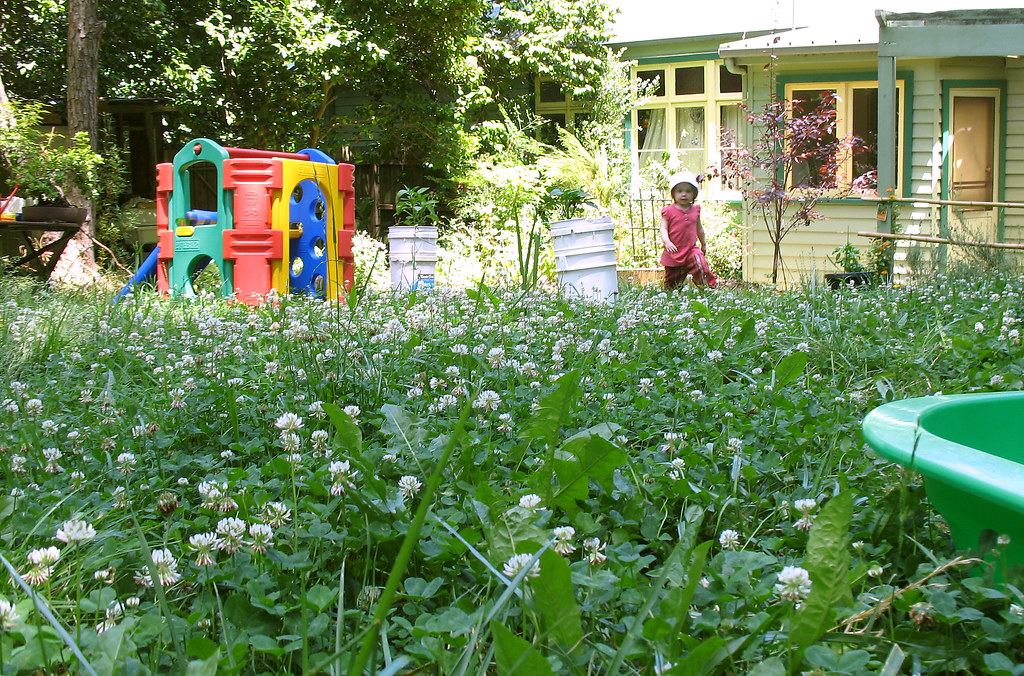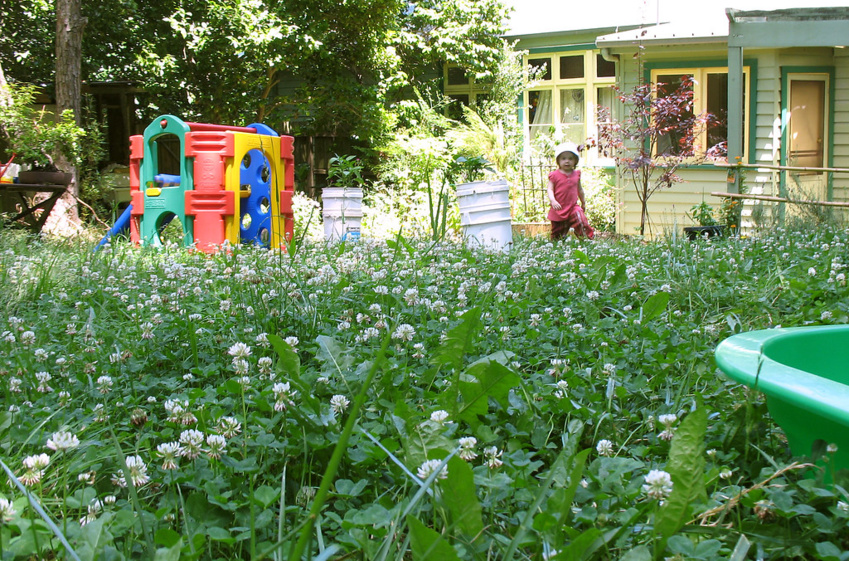As heatwaves and droughts become more frequent across the country, many people are exploring alternatives to traditional lawns. One option gaining attention is clover, which is naturally resilient and requires less upkeep compared to conventional grasses.
Key Benefits
One of clover's most notable advantages is its ability to fertilize itself. Clover forms a symbiotic relationship with nitrogen-fixing bacteria, converting atmospheric nitrogen into nutrients for the soil. This process reduces the need for extra fertilizers and helps create a dense, green lawn that requires less watering, even during brief drought periods.
Clover also establishes itself quickly, allowing you to enjoy a lush lawn in much less time. Its low-growing nature means less frequent mowing, and it adapts well to a variety of environments, from full sun to partial shade. Clover can be used to enhance existing turf or to create new lawns and decorative landscapes. Additionally, it attracts pollinators like bees, supporting a healthier garden ecosystem.
Planting Tips
The best time to plant clover is from late spring to early summer, when temperatures are between 60°F and 80°F. Water twice a day for the first two weeks to keep the soil moist. Once established, mow to a height of 4 to 6 inches, and leave the clippings on the lawn to provide natural nutrients.
Low Maintenance, High Reward
For those seeking an eco-friendly, low-maintenance lawn, clover is an excellent choice. Whether integrated with traditional grasses or planted on its own, clover offers a sustainable solution that promotes a healthy, green lawn with minimal effort and environmental impact.
Key Benefits
One of clover's most notable advantages is its ability to fertilize itself. Clover forms a symbiotic relationship with nitrogen-fixing bacteria, converting atmospheric nitrogen into nutrients for the soil. This process reduces the need for extra fertilizers and helps create a dense, green lawn that requires less watering, even during brief drought periods.
Clover also establishes itself quickly, allowing you to enjoy a lush lawn in much less time. Its low-growing nature means less frequent mowing, and it adapts well to a variety of environments, from full sun to partial shade. Clover can be used to enhance existing turf or to create new lawns and decorative landscapes. Additionally, it attracts pollinators like bees, supporting a healthier garden ecosystem.
Planting Tips
The best time to plant clover is from late spring to early summer, when temperatures are between 60°F and 80°F. Water twice a day for the first two weeks to keep the soil moist. Once established, mow to a height of 4 to 6 inches, and leave the clippings on the lawn to provide natural nutrients.
Low Maintenance, High Reward
For those seeking an eco-friendly, low-maintenance lawn, clover is an excellent choice. Whether integrated with traditional grasses or planted on its own, clover offers a sustainable solution that promotes a healthy, green lawn with minimal effort and environmental impact.


 Eco-Friendly Clover: Low-Maintenance, Drought-Resistant Lawn Alternative
Eco-Friendly Clover: Low-Maintenance, Drought-Resistant Lawn Alternative





 Companies
Companies